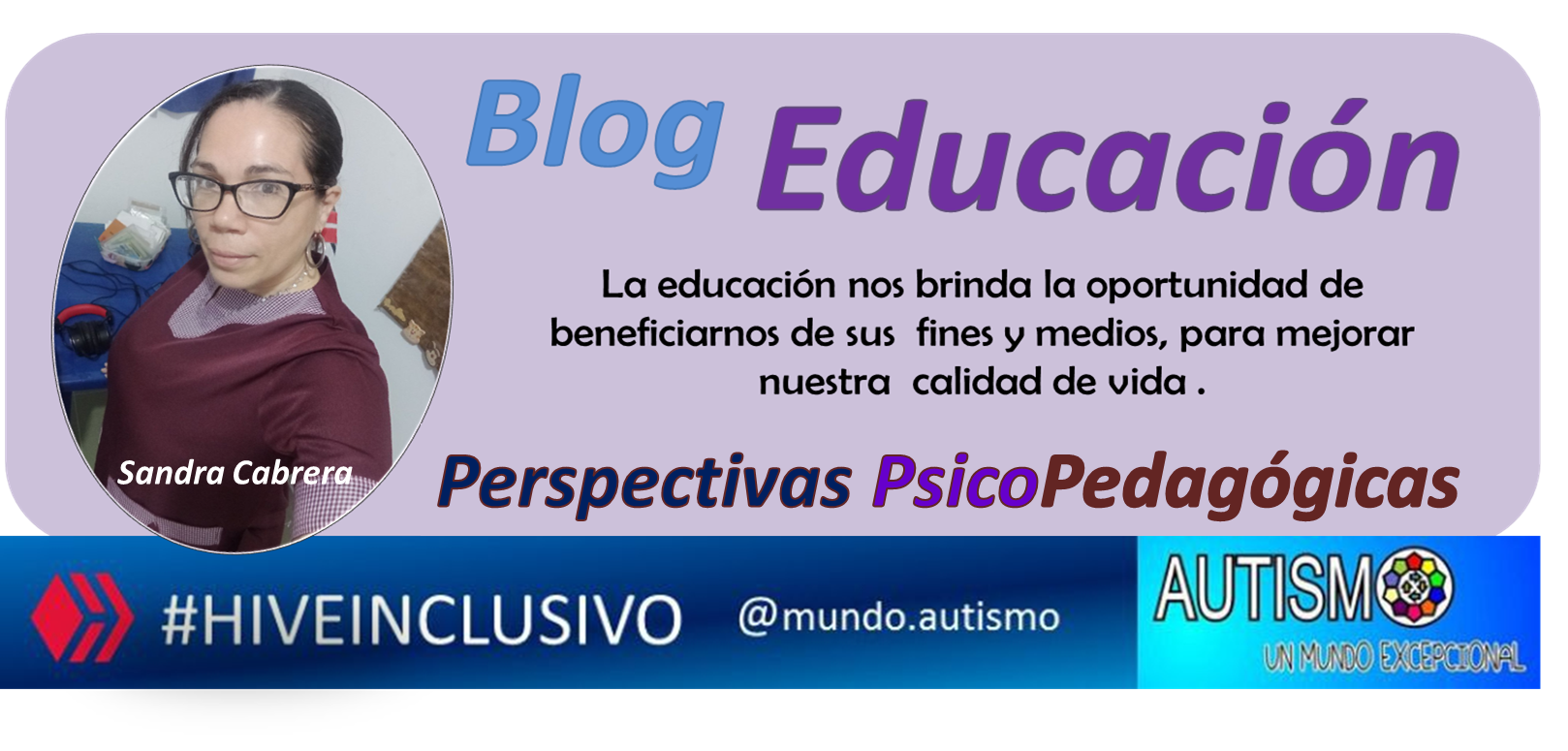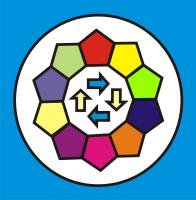Feliz día. Gracias a todos por la visita a este espacio donde semanalmente compartimos experiencias y oportunidades de aprendizaje. Esta semana tomará el protagonismo un tema crítico para el aprendizaje de los niños en el espectro autista: la agudeza visual. Cada año, la Sociedad Venezolana de Oftalmología recomienda que a los niños se les realice regularmente un examen de agudeza visual.
Una visión adecuada es esencial en el desarrollo físico, educativo y psicológico del individuo, por cuanto el reconocimiento temprano y pronta referencia son cruciales, especialmente durante la infancia, pues las alteraciones de la agudeza visual en esta etapa son permanentes y pueden incurrir en la mayoría de los casos la pérdida permanente de la visión.
Cínica de Ojos
▶Happy day. Thank you all for visiting this space where we share experiences and learning opportunities weekly. This week, a critical topic for the learning of children on the autism spectrum will take center stage: visual acuity. Every year, the Venezuelan Society of Ophthalmology recommends that children undergo regular visual acuity testing.
Adequate vision is essential in the physical, educational and psychological development of the individual, since early recognition and prompt referral are crucial, especially during childhood, since alterations in visual acuity at this stage are permanent and can lead in most cases to permanent vision loss.
Cínica de Ojos

Los niños autistas, por sus limitaciones comunicativas, y si son pequeños más aún, no saben expresar los malestares visuales que experimentan. Durante el preescolar algunos comienzan a manifestar conductas relacionadas generalmente con fallas en el aprendizaje. De hecho, recordemos que uno de los factores para el descarte del diagnóstico posterior de un trastorno del aprendizaje son los compromisos a nivel sensorial: visión y audición. Debemos estar seguros de que ambas deben responder en forma adecuada antes de poder señalar cualquier implicación mayor en las competencias de aprendizaje.
▶Autistic children, due to their communication limitations, and even more so if they are young, do not know how to express the visual discomfort they experience. During preschool, some begin to show behaviors generally related to learning failures. In fact, we should remember that one of the factors for ruling out the subsequent diagnosis of a learning disorder is sensory impairments: vision and hearing. We must be sure that both must respond appropriately before being able to point out any major implication in learning skills.

El DSM5, en la descripción de los Trastornos Específicos del Aprendizaje, lo señala:
Las dificultades de aprendizaje no se explican mejor por discapacidades intelectuales, trastornos visuales o auditivos no corregidos, otros trastornos mentales o neurológicos, adversidad psicosocial, falta de dominio en el lenguaje de instrucción académica o directrices educativas inadecuadas.
Se recomienda que los trastornos específicos del aprendizaje se diagnostiquen nunca antes de los 7 años de edad. Sin embargo, si no damos por entrados de que las recomendaciones de los especialistas en el campo de la oftalmología están dirigidas a cuidar la salud visual desde temprana edad, debemos seguir éstas orientaciones para evitar, principalmente al niño, experiencias no gratas y que pudieran perjudicar su proceso de aprendizaje.
The DSM5, in the description of Specific Learning Disorders, points out:
Learning difficulties are not better explained by intellectual disabilities, uncorrected visual or hearing disorders, other mental or neurological disorders, psychosocial adversity, lack of mastery in the language of academic instruction, or inadequate educational guidelines.
It is recommended that specific learning disorders never be diagnosed before the age of 7 years. However, if we do not take for granted that the recommendations of specialists in the field of ophthalmology are aimed at taking care of visual health from an early age, we must follow these guidelines to avoid, mainly for the child, unpleasant experiences that could harm their learning process.

Como psicopedagoga, les puedo referir que cuando realizo la evaluación de los niños autistas por falta de consolidación de las competencias escolares, a veces debo esperar un tiempo que es valioso que los padres realicen las evaluaciones visuales y auditivas. Durante ese tiempo debo tener especial cuidado porque no sé si estas vías están funcionando adecuadamente. Sería beneficioso que los padres realizaran estas avaluaciones mucho antes de que el niño llegue a estos servicios.
As a psychopedagogue, I can tell you that when I carry out the evaluation of autistic children for lack of consolidation of school skills, sometimes I have to wait a period of time when it is valuable for the parents to carry out the visual and auditory evaluations. During this time I have to be especially careful because I do not know if these pathways are working properly. It would be beneficial for the parents to carry out these evaluations long before the child reaches these services.

A los 5 años, los niños deben someterse a pruebas de agudeza visual y alineación. A esta edad, la miopía es el problema más común. Se puede corregir con el uso de anteojos. Un oftalmólogo debe examinar a un niño con ojos desalineados o signos de otros problemas oculares.
Exámenes oftalmológicos de detección para niños
De esta forma, actuaríamos con responsabilidad. Si las evaluaciones dan como resultado un estado normal, eso es muy bueno; si los resultados están alterados, podemos corregir antes de que se comience a desviar el aprendizaje.
Prevenir es cuidar.
▶At age 5, children should be tested for visual acuity and alignment. At this age, nearsightedness is the most common problem. It can be corrected with glasses. A child with misaligned eyes or signs of other eye problems should be examined by an ophthalmologist.
Eye Screening Exams for Children
In this way, we would act responsibly. If the evaluations result in a normal state, that is very good; if the results are altered, we can correct before learning begins to deviate.
Prevention is care.
Según la Academia Americana de Oftalmología, algunas de las pautas generales para realizar las evaluaciones visuales son: si el niño nace prematuro, si el médico pediatra observa alguna irregularidad en el momento del nacimiento, si el niño tiene antecedentes de familiares con enfermedades oculares.
De los 6 meses al año, en la consulta de niños sanos, se debe hacer énfasis al médico de que realice el estatus visual del niño, si no lo hace.
Entre 1 año y 3 años, el pediatra debe realizar un reconocimiento de los ojos...
¨Puede haber una prueba de "fotoprotección". Una cámara especial toma fotografías de los ojos de su hijo. Estas imágenes ayudan a encontrar problemas que pueden provocar ambliopía (ojo perezoso). Si hay algún problema, su hijo puede ser remitido a un oftalmólogo¨ Exámenes oftalmológicos de detección para niños
De 3 a 5 años, se puede realizar un examen de agudeza visual y nitidez. En cuanto el niño tenga la competencia de leer la tabla optométrica.
▶According to the American Academy of Ophthalmology, some of the general guidelines for performing vision screenings are: if the child is born prematurely, if the pediatrician observes any irregularities at the time of birth, if the child has a family history of eye diseases.
From 6 months to 1 year, at the well-child visit, the doctor should be encouraged to perform the child's visual status, if he or she does not.
Between 1 year and 3 years, the pediatrician should perform an eye exam ...
¨There may be a "photoprotection" test. A special camera takes pictures of your child's eyes. These images help find problems that can cause amblyopia (lazy eye). If there are any problems, your child may be referred to an ophthalmologist¨Eye Screening Exams for Children
From 3 to 5 years of age, a visual acuity and sharpness screening can be performed. As soon as the child is competent to read the eye chart.

▶It is worthwhile to be guided by specialists and to carry out both preventive examinations and any necessary interventions as early as possible. We must remember that nowadays we have vision professionals and highly specialized equipment to be able to help and correct children's visual deviations in time.
Vale la pena dejarnos guiar por los especialistas y realizar tempranamente tanto los exámenes de prevención, como lo de intervención que sean necesarios. Hay que recordar que en la actualidad contamos con profesionales de la visión y equipos altamente especializados para poder ayudar a tiempo y corregir las desviaciones visuales de los niños.

Creo que es necesario recordar que los niños autistas tienen múltiples interferencias que hacen de su desarrollo un espectro de continuidades y discontinuaidades, así que mientras podamos corregir lo que sea necesario para que su aprendizaje sea lo más ajustado a índices y estándares de calidad, estaríamos garantizando un impacto positivo a su bienestar no solo académico; sino también emocional y social.
Así que si aún no lo has hecho, consulta a tu médico de confianza, pídele información y súmate al slogan ¨Cuidar(te) es querer(te)¨
▶I think it is necessary to remember that autistic children have multiple interferences that make their development a spectrum of continuities and discontinuities, so as long as we can correct what is necessary so that their learning is as close to quality indices and standards as possible, we would be guaranteeing a positive impact on their well-being, not only academically; but also emotionally and socially.
So if you haven't done so yet, consult your trusted doctor, ask for information and join the slogan "Taking care of yourself is loving yourself"
▶I hope you found this information interesting and, above all, useful. If you like, help us by sharing. Greetings and until the next opportunity, in this column on Psychopedagogical Perspectives..
Espero que esta información te haya parecido interesante y sobre todo útil. Si gustas, ayúdanos a compartir. Saludos y hasta una próxima oportunidaad, en esta columna sobre Perspectivas Psicopedagógicas..



Acompáñanos, suscribiéndote a Mundo Autismo/Join us by subscribing to Mundo Autismo

Y sé parte de un mundo excepcional, donde tendrás la oportunidad de informarte e interactuar./And be part of an exceptional world, where you will have the opportunity to learn and interact.
Nos encuentras en:/You can find us at:
X


Apoya a @aliento como Testigo./Support @aliento as a Witness

Fuentes de las imágenes:
Logo propiedad de la comunidad @mundo.autismo
Logo propiedad de la Comunidad @aliento
Logo X, editado en PowerPoint, Pixabay
Logo Facebook editado en PowerPoint, Pixabay
Image sources:
Logo owned by the @mundo.autismo community
Logo owned by the @aliento Community
X logo, edited in PowerPoint, Pixabay
Facebook logo edited in PowerPoint, Pixabay



